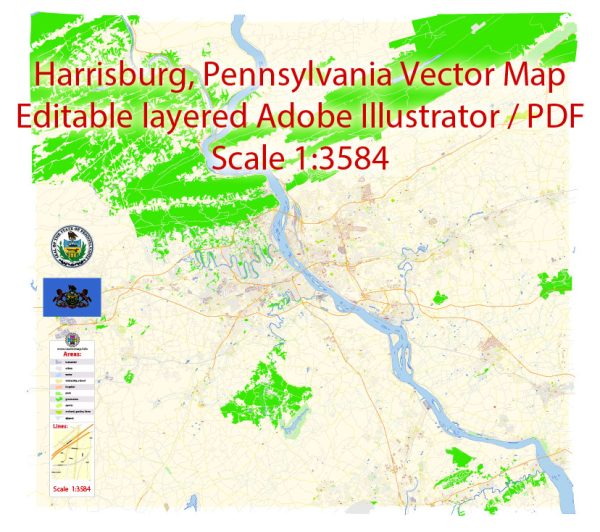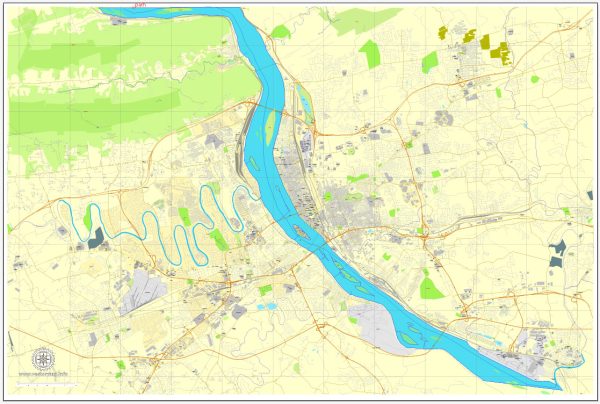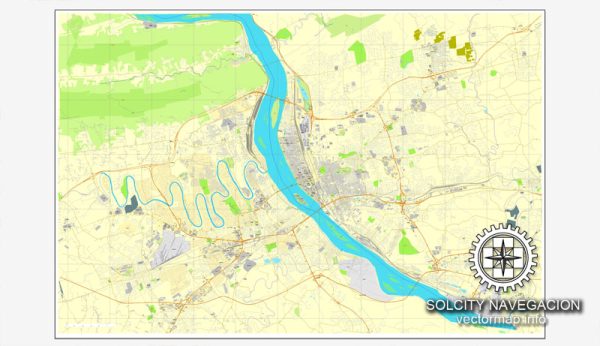Harrisburg, the capital of Pennsylvania, has a rich history of urban development that spans several centuries. Here is an overview of key historical points in the urban development of Harrisburg:
- Founding and Early Settlement (Late 18th Century):
- Harrisburg was founded in 1785 by John Harris, Sr., an Englishman who settled in the area and operated a ferry across the Susquehanna River.
- The town was strategically located at the crossroads of major trade routes, which contributed to its early economic growth.
- Becoming the State Capital (1812):
- In 1812, Harrisburg was selected as the capital of Pennsylvania, leading to increased importance and growth.
- The construction of the Pennsylvania State Capitol began in the 1820s, and the building was completed in several stages over the years.
- Transportation Hub (19th Century):
- Harrisburg became a transportation hub with the development of the Pennsylvania Canal and later the Pennsylvania Railroad.
- The railroads and canals facilitated the movement of goods and people, contributing to the city’s economic development.
- Civil War and Industrialization (19th Century):
- During the Civil War, Harrisburg played a significant role as a major transportation and logistics center for the Union Army.
- The post-war period saw industrialization, with the growth of manufacturing and commerce.
- Floods and Infrastructure Challenges (20th Century):
- Harrisburg faced challenges, particularly from periodic flooding of the Susquehanna River. The most severe flood occurred in 1936.
- The city underwent infrastructure improvements, including the construction of flood control measures and bridges.
- Post-World War II Urban Renewal (Mid-20th Century):
- Like many American cities, Harrisburg experienced urban renewal efforts in the mid-20th century, which included demolishing older structures and building modern developments.
- The construction of the Interstate Highway System had both positive and negative impacts on the city, facilitating transportation but also leading to the disruption of some neighborhoods.
- Economic Challenges and Fiscal Crisis (Late 20th Century):
- Harrisburg faced economic challenges in the late 20th century, with deindustrialization and population decline.
- The city experienced a fiscal crisis in the early 21st century, leading to the declaration of municipal bankruptcy, which was later averted through financial recovery plans.
- Contemporary Development (21st Century):
- In recent years, Harrisburg has seen efforts toward revitalization, including the redevelopment of the downtown area, improvements to the waterfront, and cultural initiatives.
Overall, Harrisburg’s history of urban development reflects its strategic location, economic significance, and responses to various challenges over the years. The city continues to evolve and adapt, balancing preservation of its historical character with the need for modern development.




 Author: Kirill Shrayber, Ph.D.
Author: Kirill Shrayber, Ph.D.